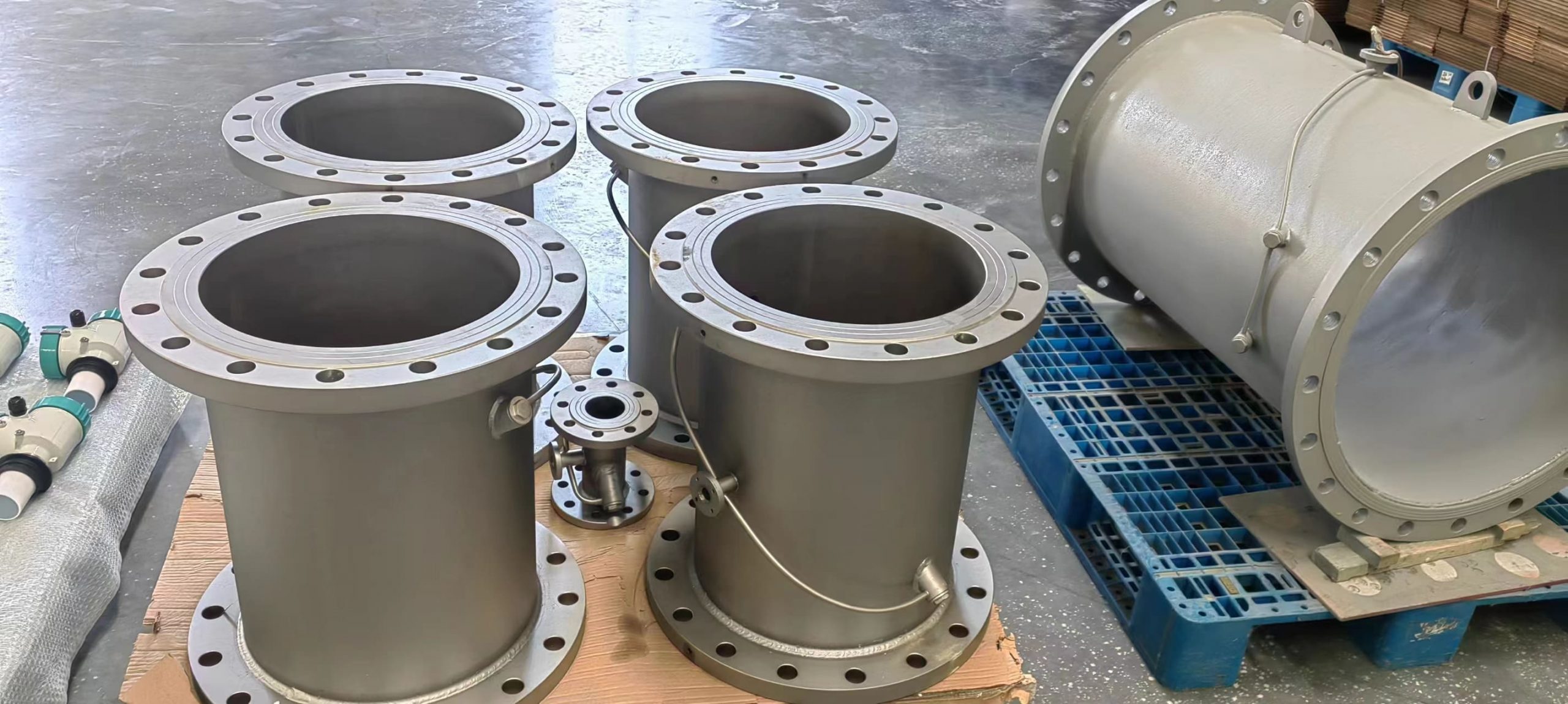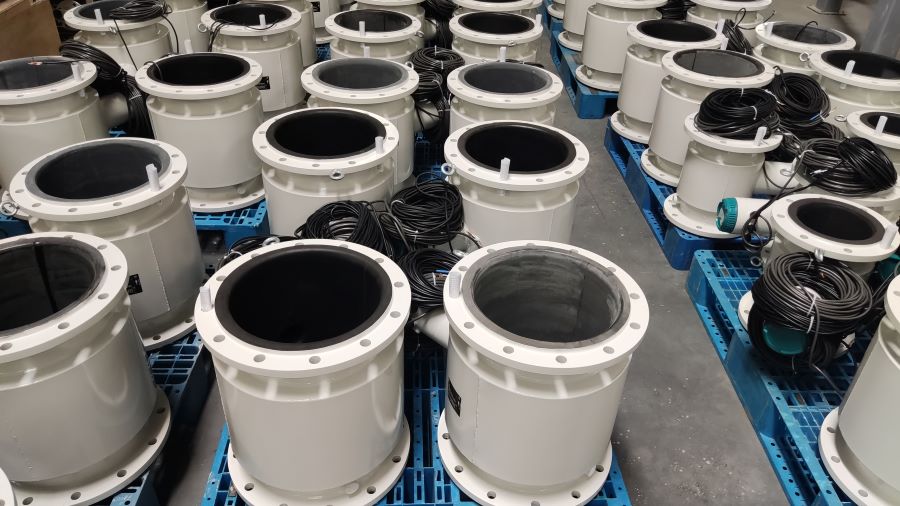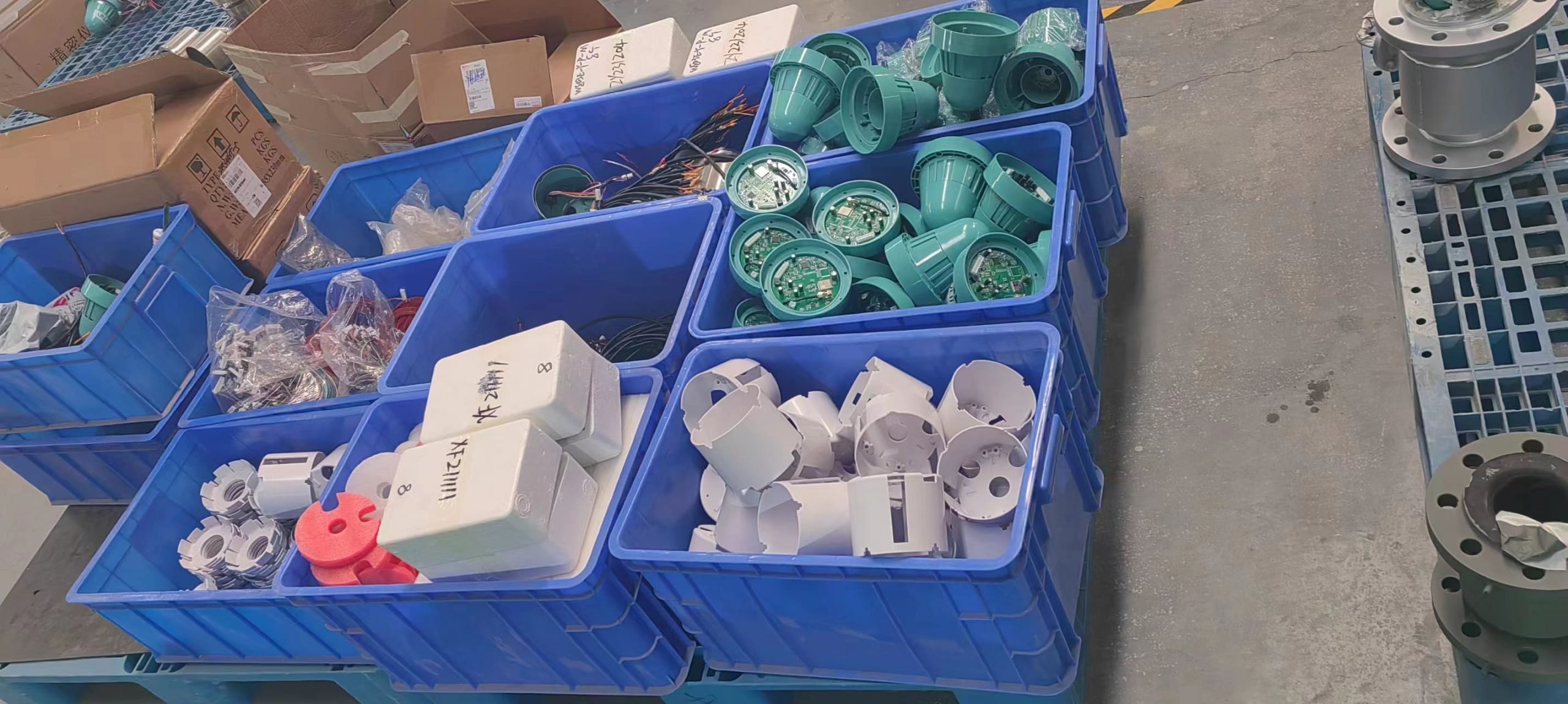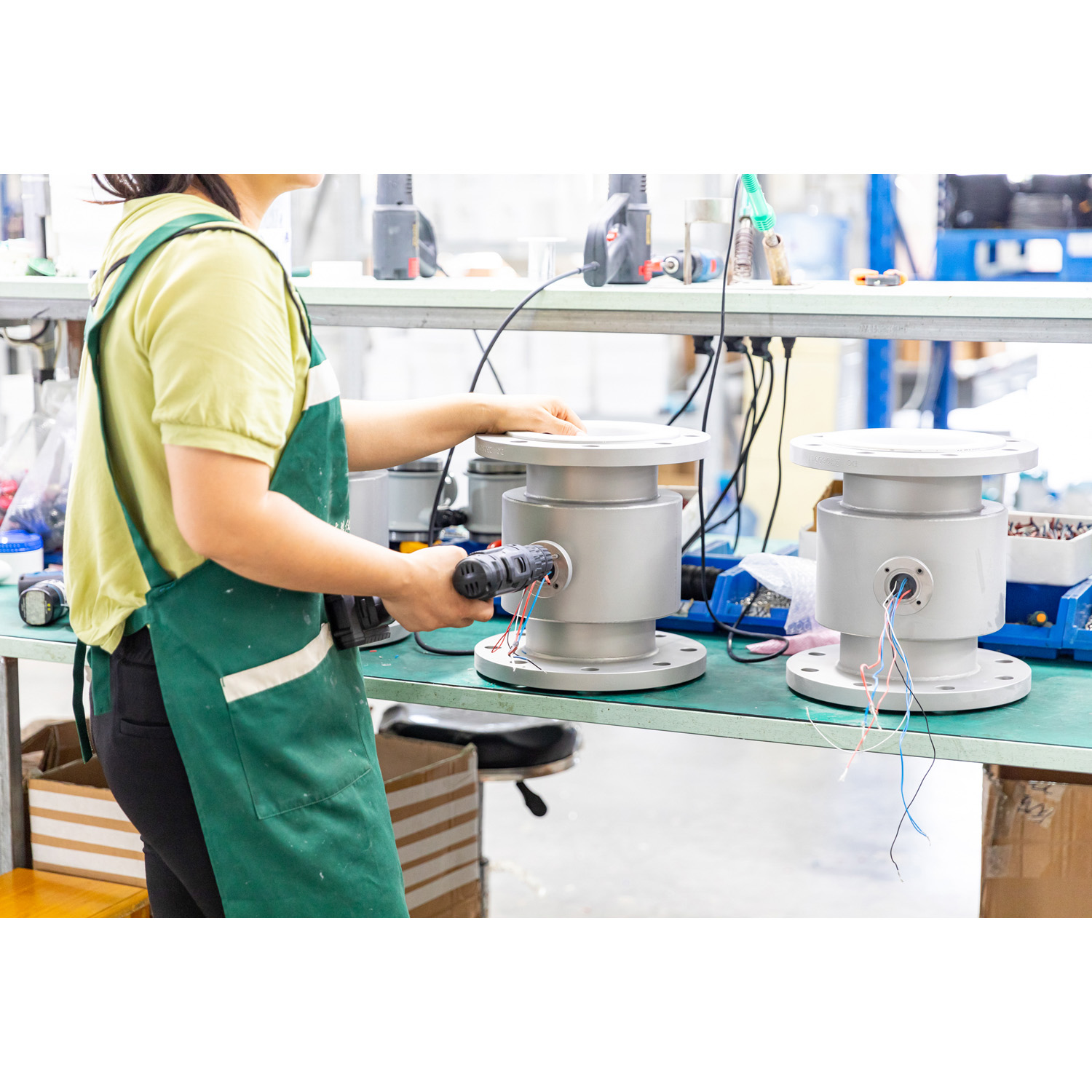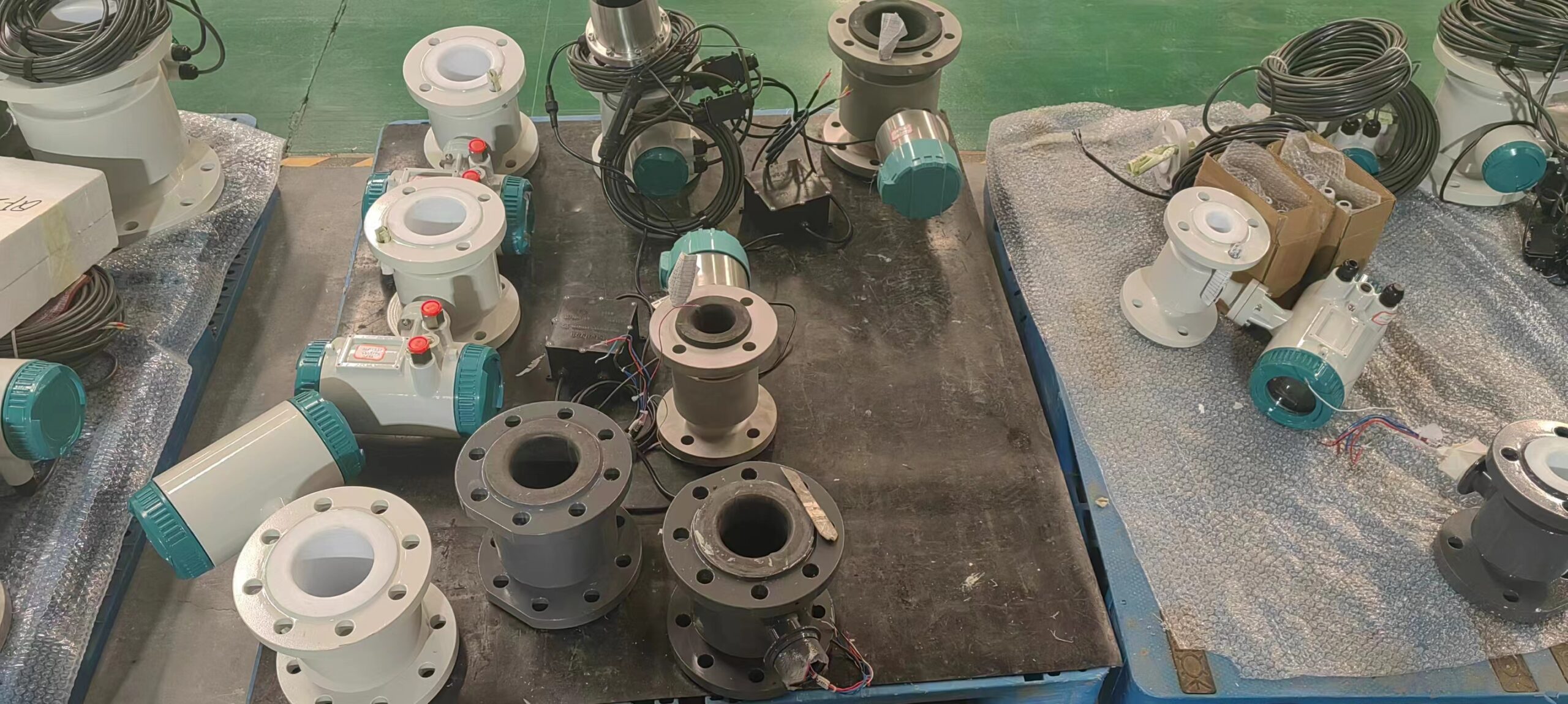Electromagnetic flowmeters are subdivided according to different uses
Electromagnetic flowmeter is a kind of induction instrument to measure the volume flow of conductive medium in tubes. It has been used in many fields. It is popular for its intuitive display and convenient operation. Here is to introduce the electromagnetic flowmeter according to the use.
1. General electromagnetic flowmeter used in metallurgy, petrochemical, paper making, textile, water supply and drainage, sewage treatment, medicine, food, biology and fine chemicals and other industrial fields, is the main type of electromagnetic flowmeter. There is a range of requirements for the conductivity of the measured medium, which generally cannot exceed its upper and lower limits.
2. Explosion-proof type used in places with explosive atmospheres. Because the excitation current energy is large, it is still mainly flameproof type. In recent years, there has been an intrinsically safe type of electromagnetic flowmeter, that is, a safe spark type electromagnetic flowmeter, the excitation power is greatly reduced, and it can be made into a body type, and all are installed in the dangerous area.
3. Hygienic electromagnetic flowmeters used in medicine, esophagus and biochemistry and other industries should meet the relevant health requirements in terms of timing to bacteria, easy disassembly and cleaning.
4. Waterproof sensor for installation under the ground, can withstand short time of water immersion.
5. The submersible type is used to measure the flow of free water in open channels or non-full tube culverts. The sensor works in the lower part of the cut-off baffle of the open channel and is immersed in water for a long time. The structure and use are different from the general electromagnetic flowmeter.
6. Insert type electromagnetic flowmeter sensor for large pipe diameter. The sensor is inserted radially through the pipe opening to measure the local velocity and calculate the flow rate, which is less accurate but inexpensive and suitable for control systems.

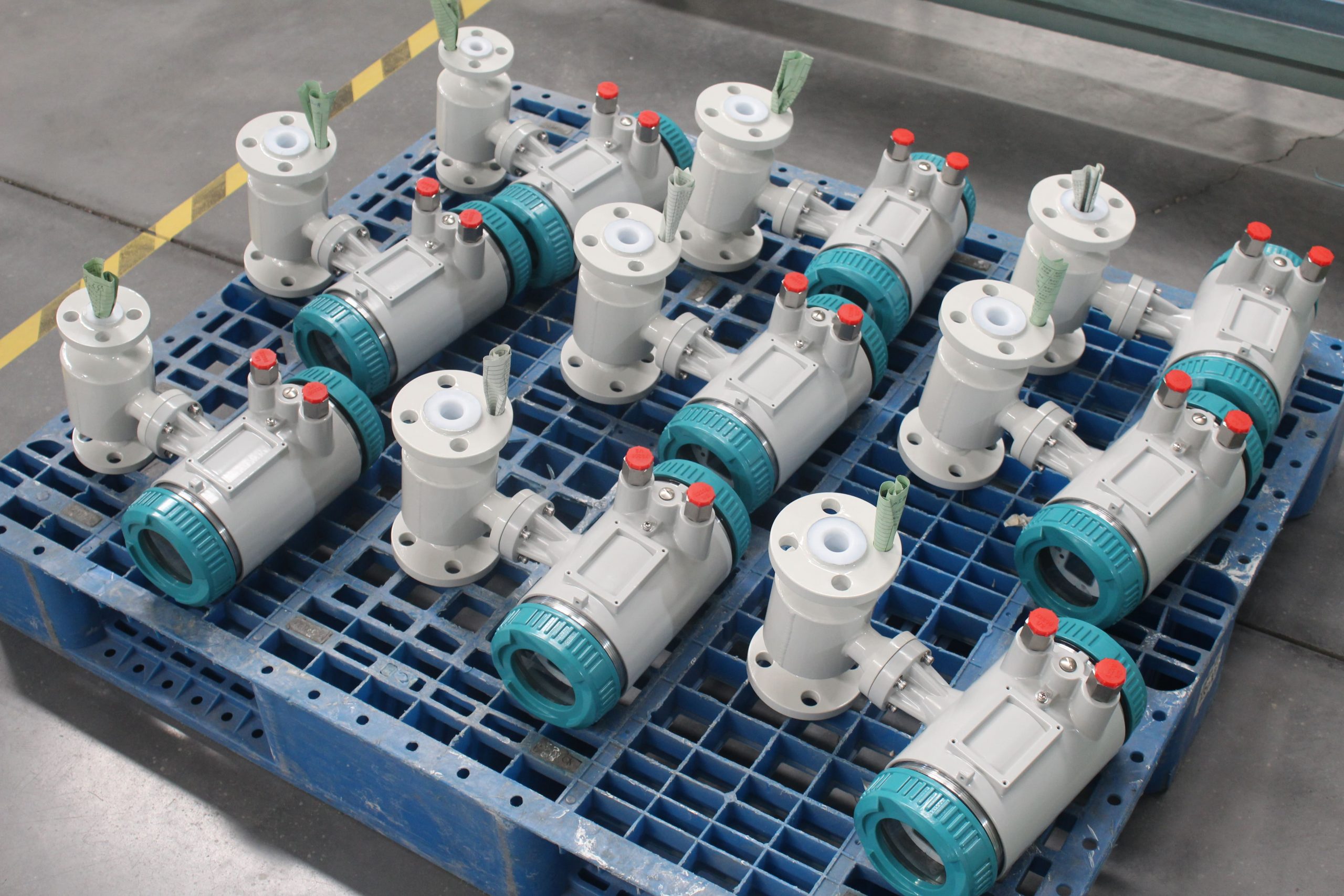
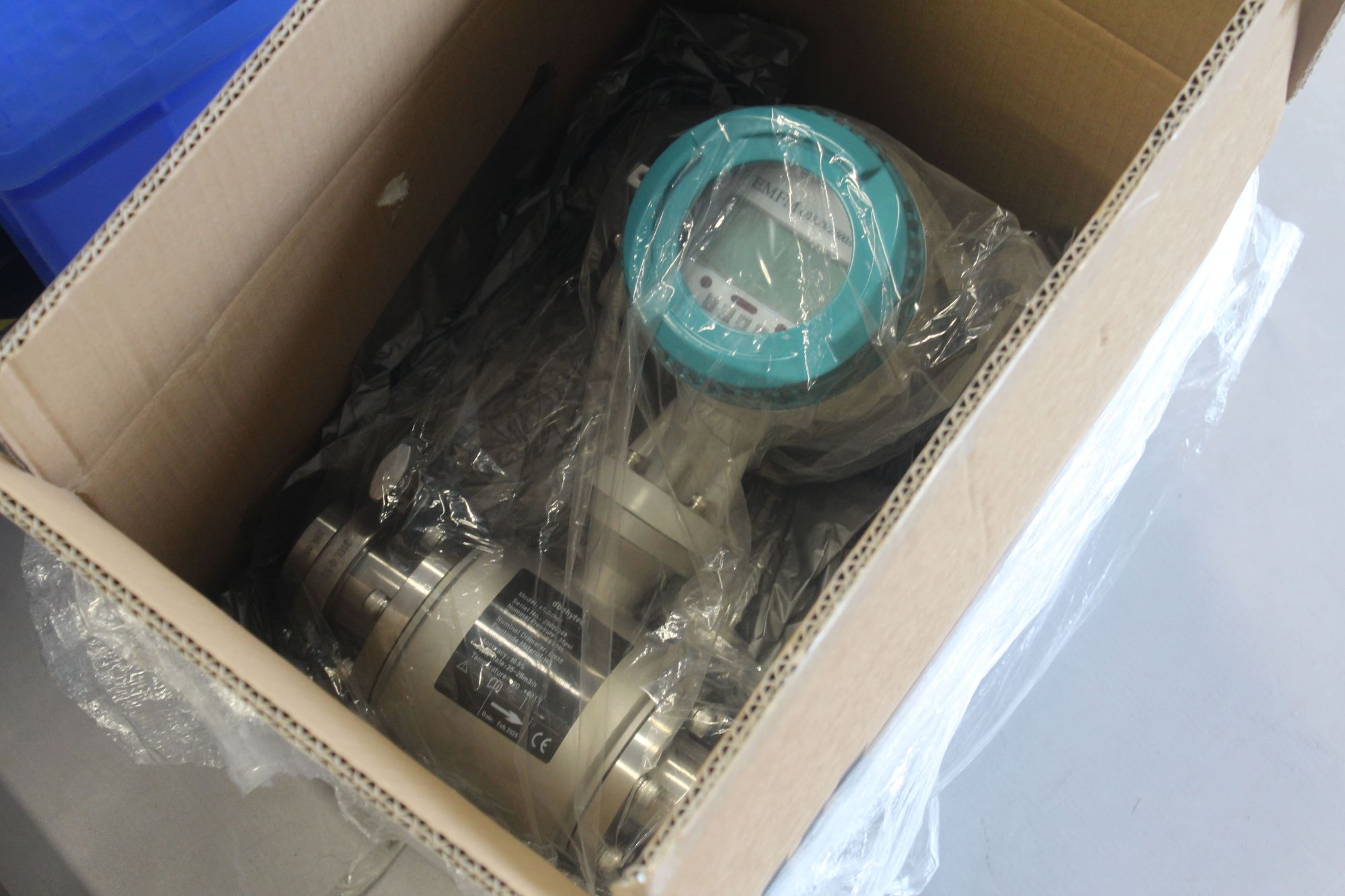
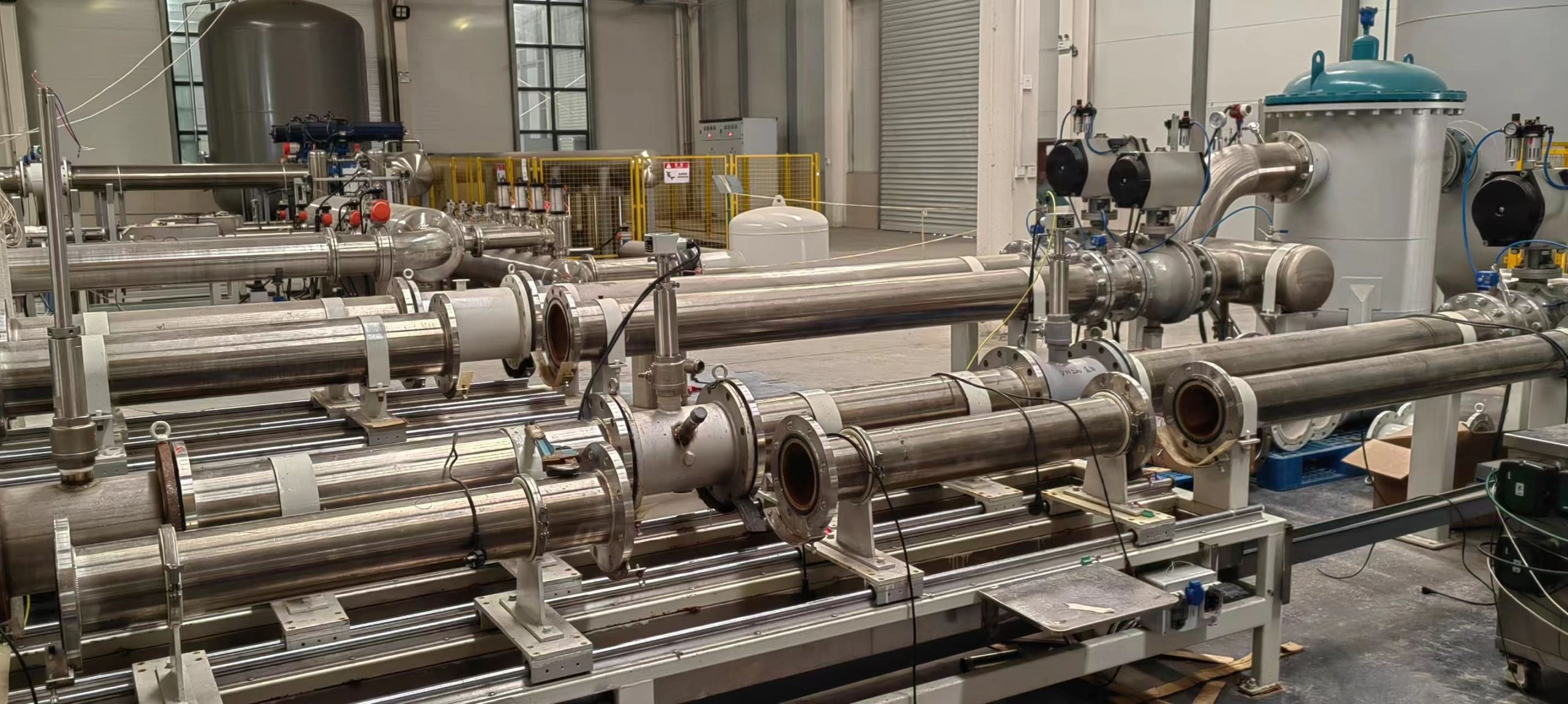
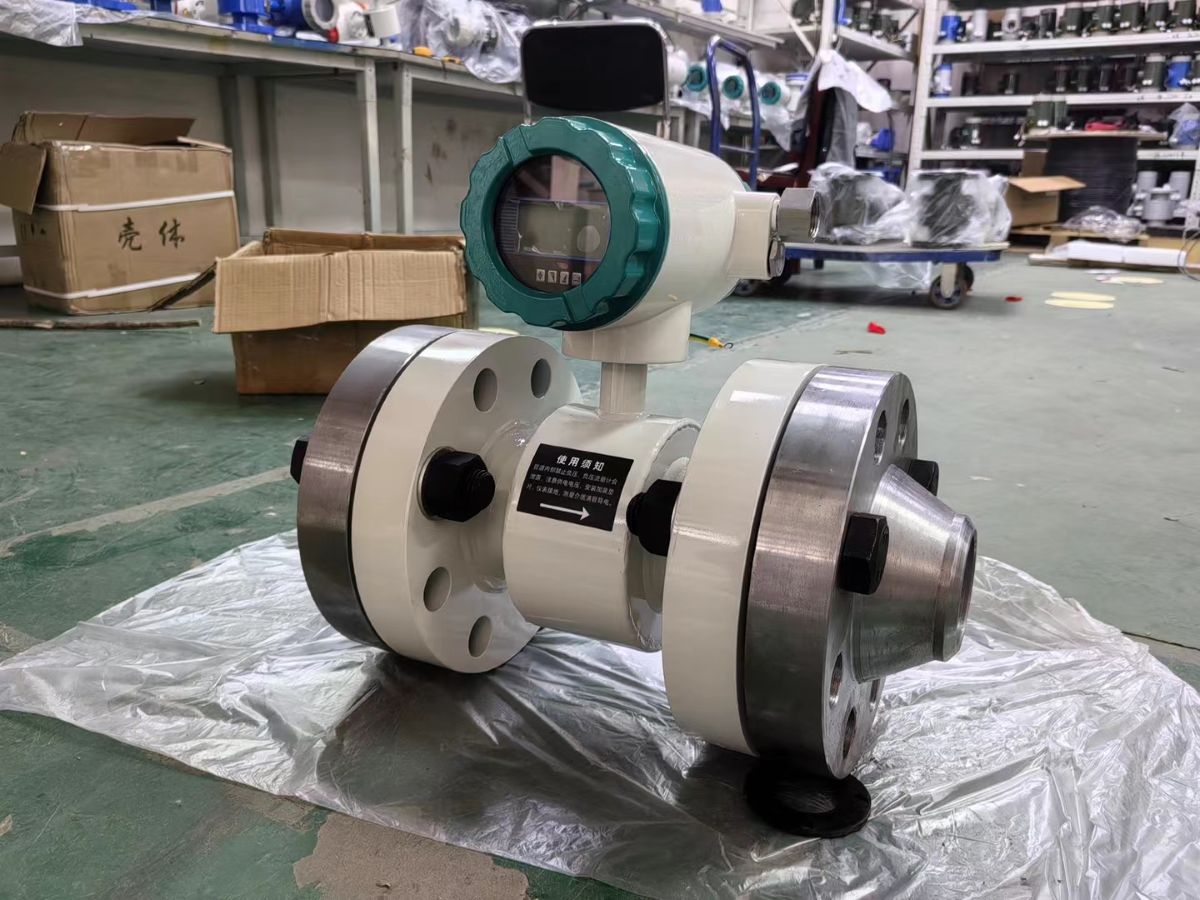
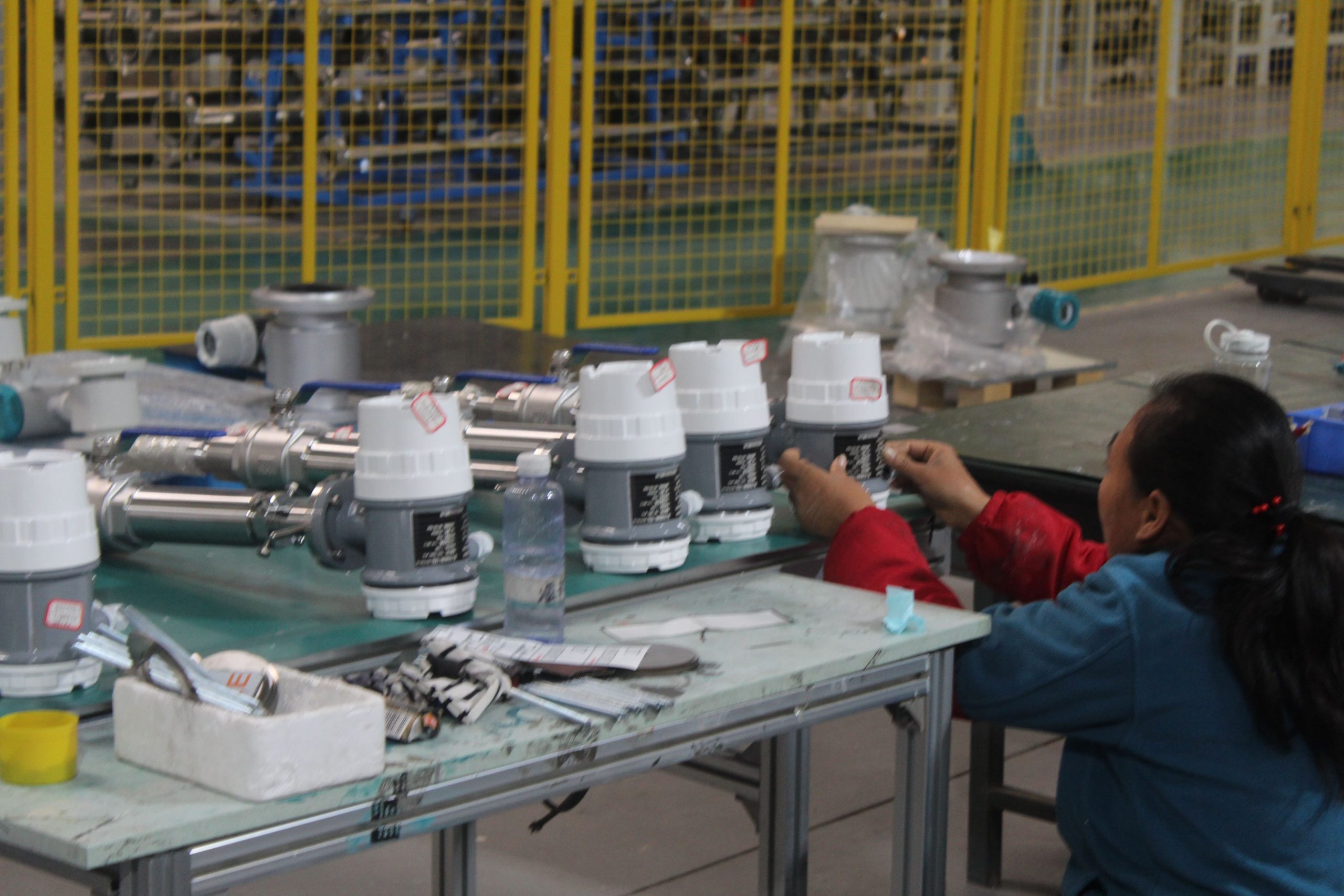

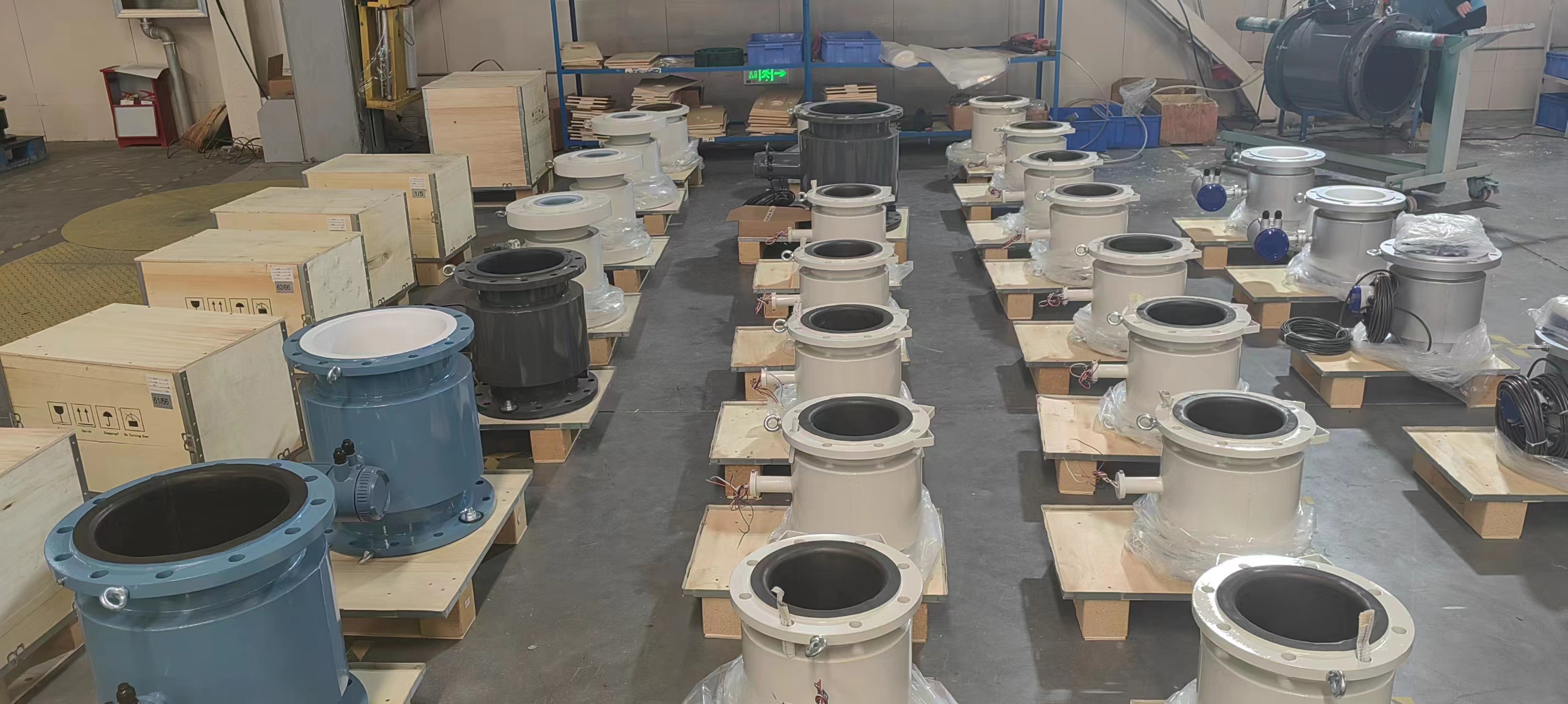
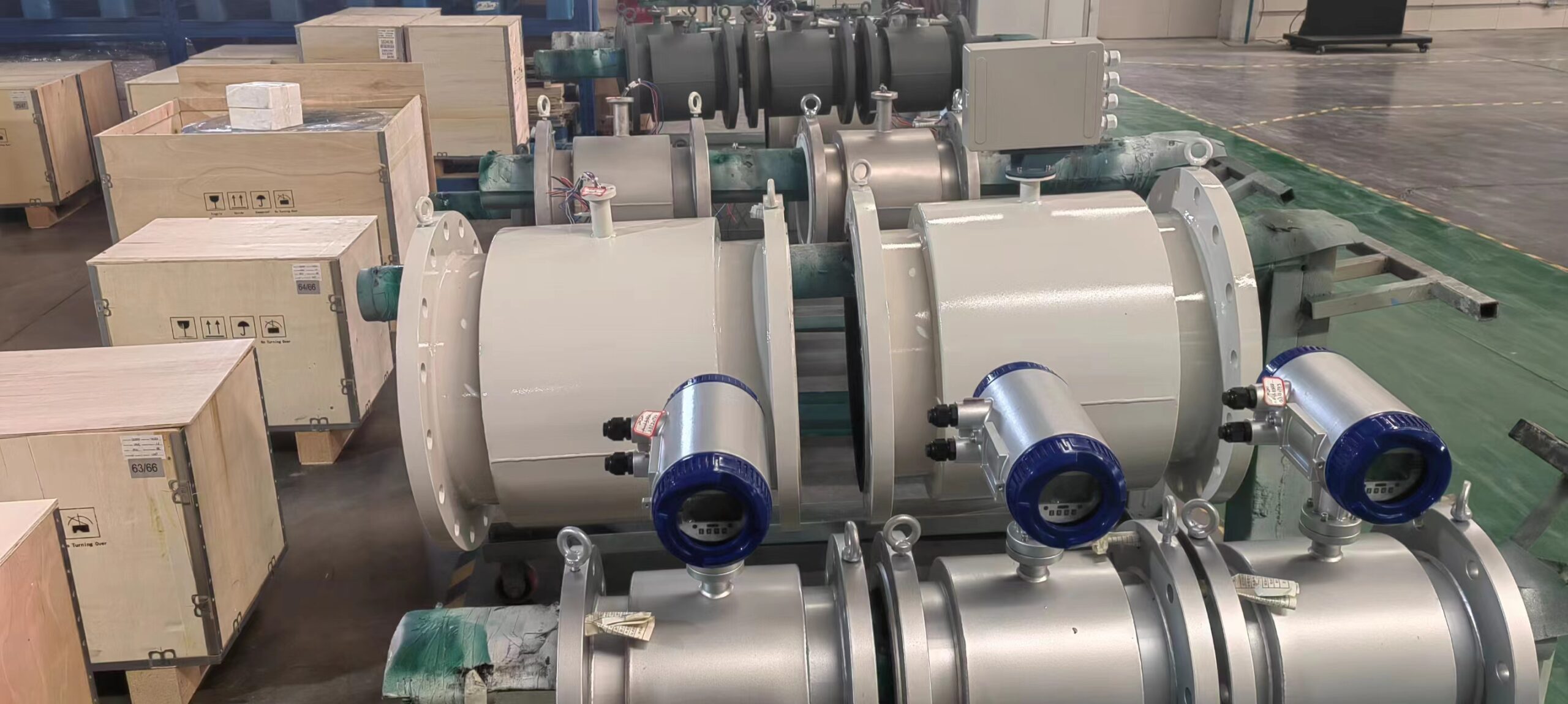
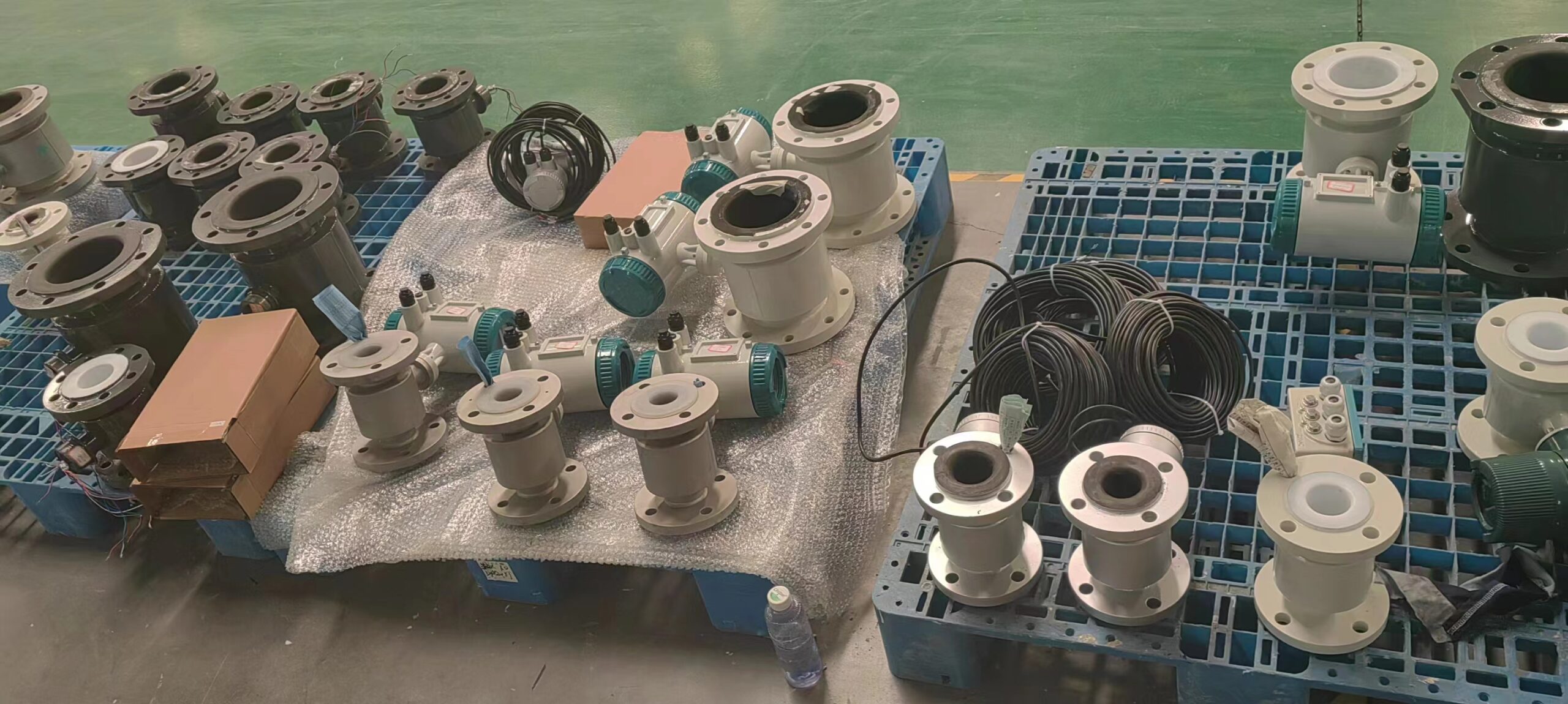
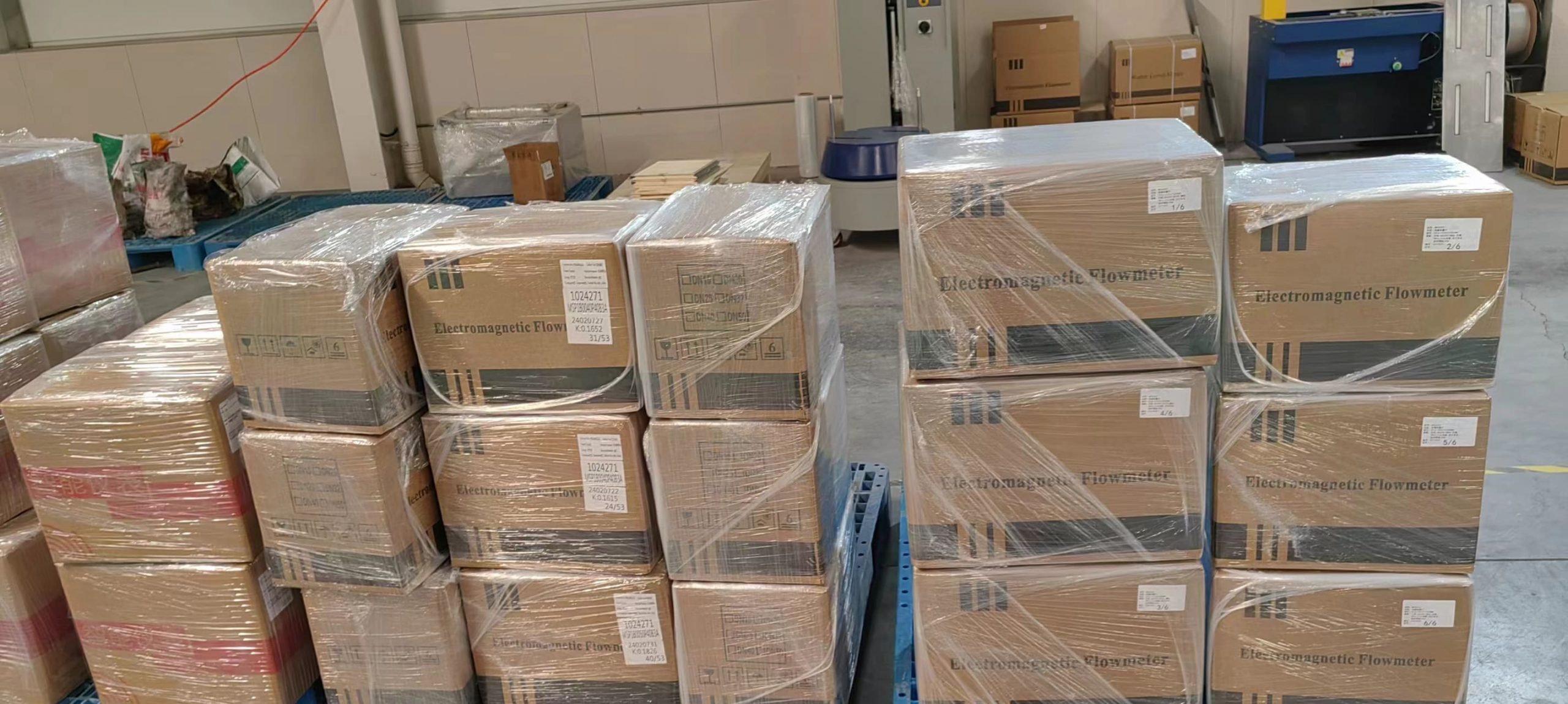
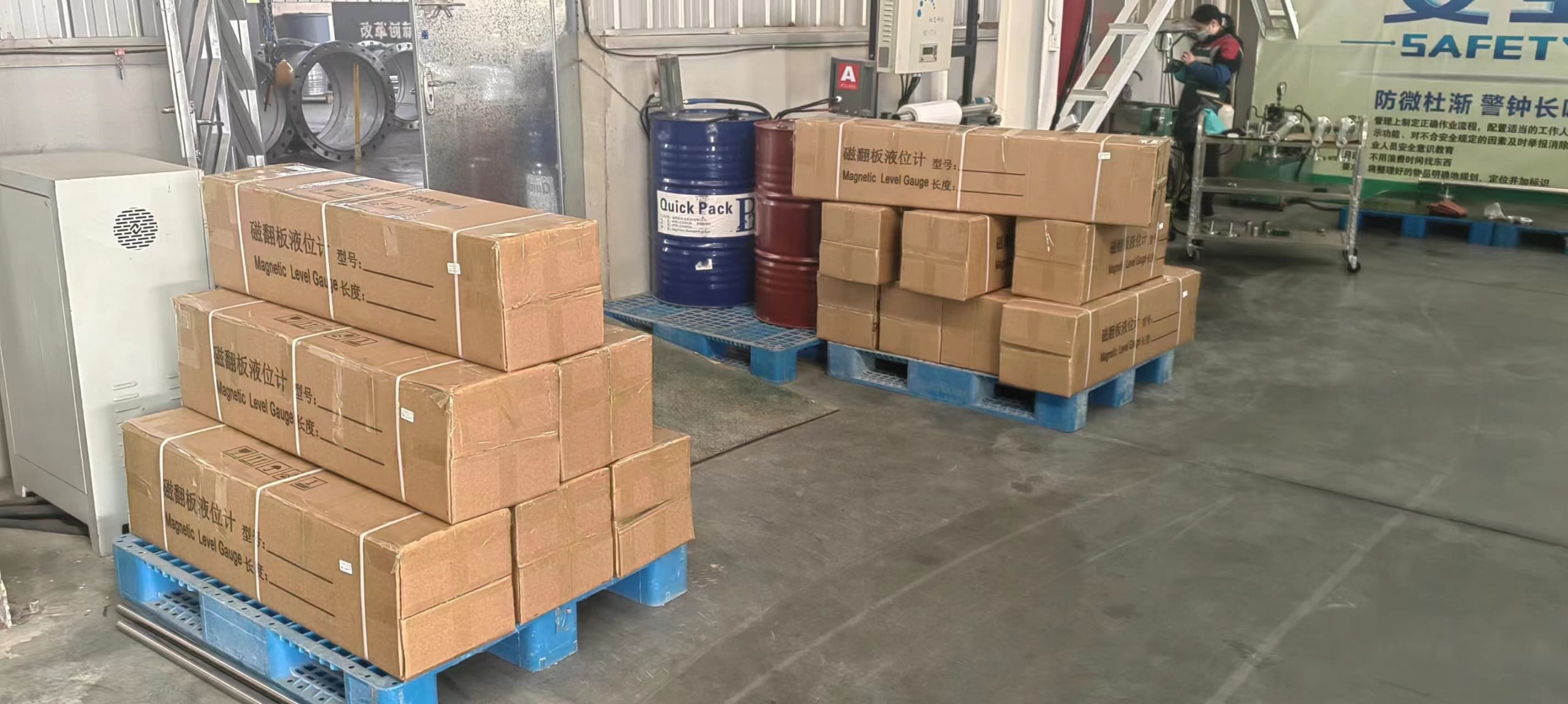

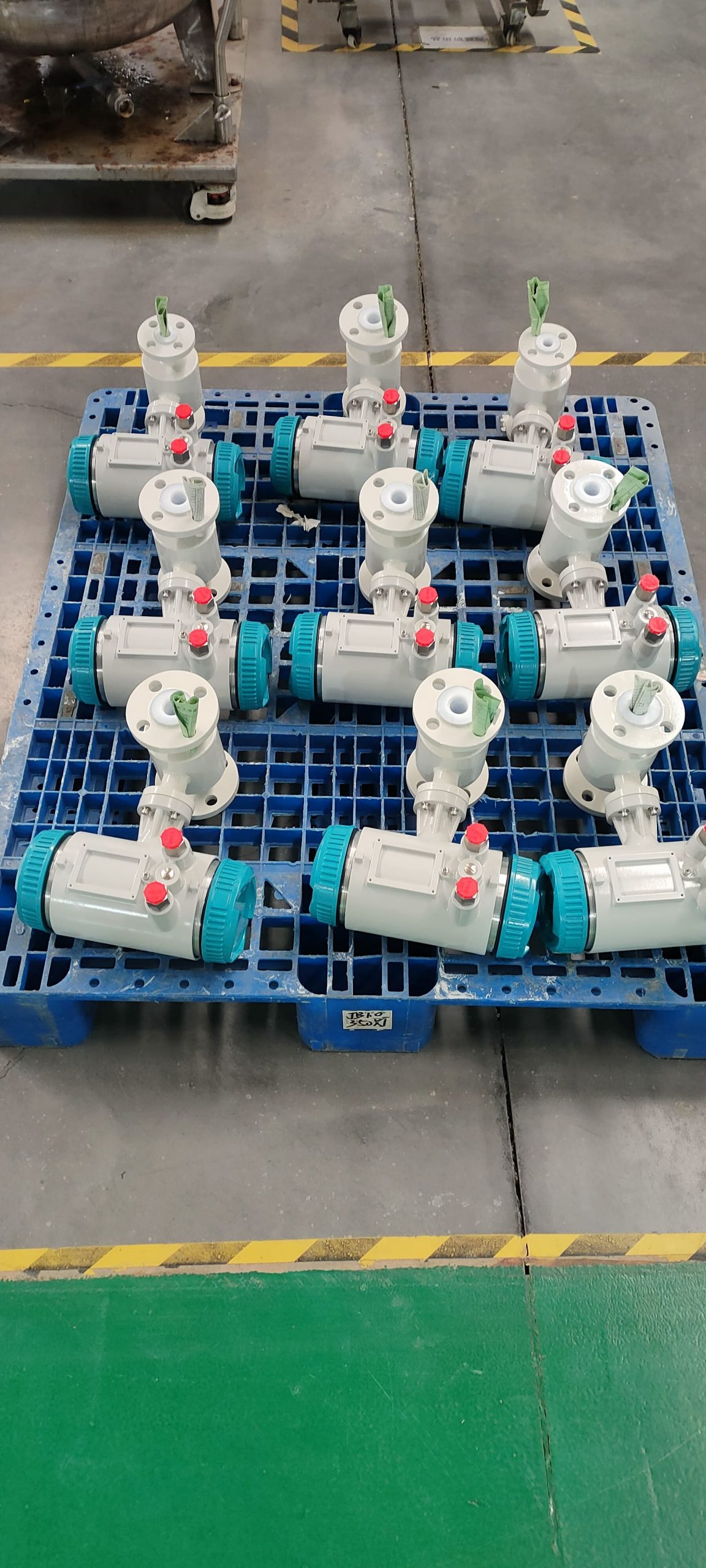
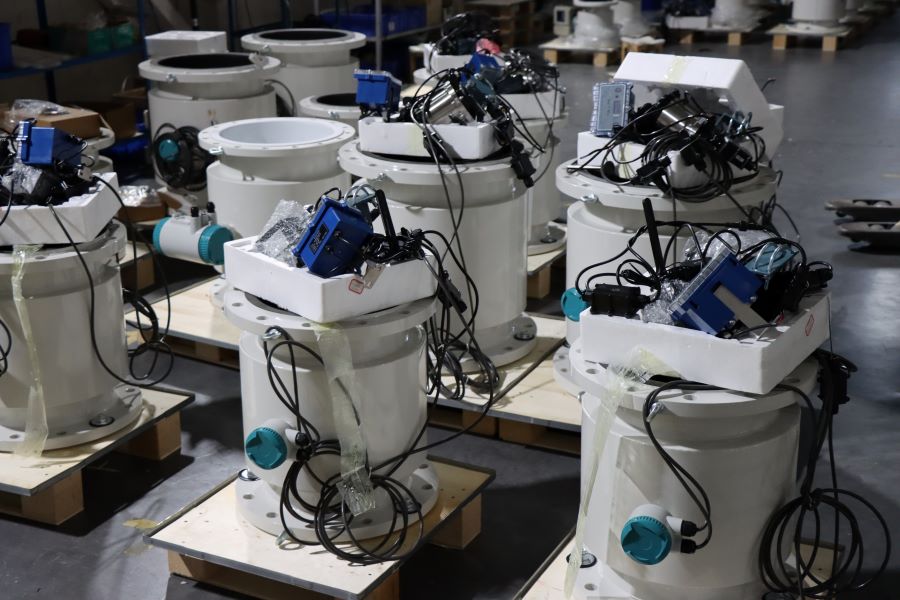
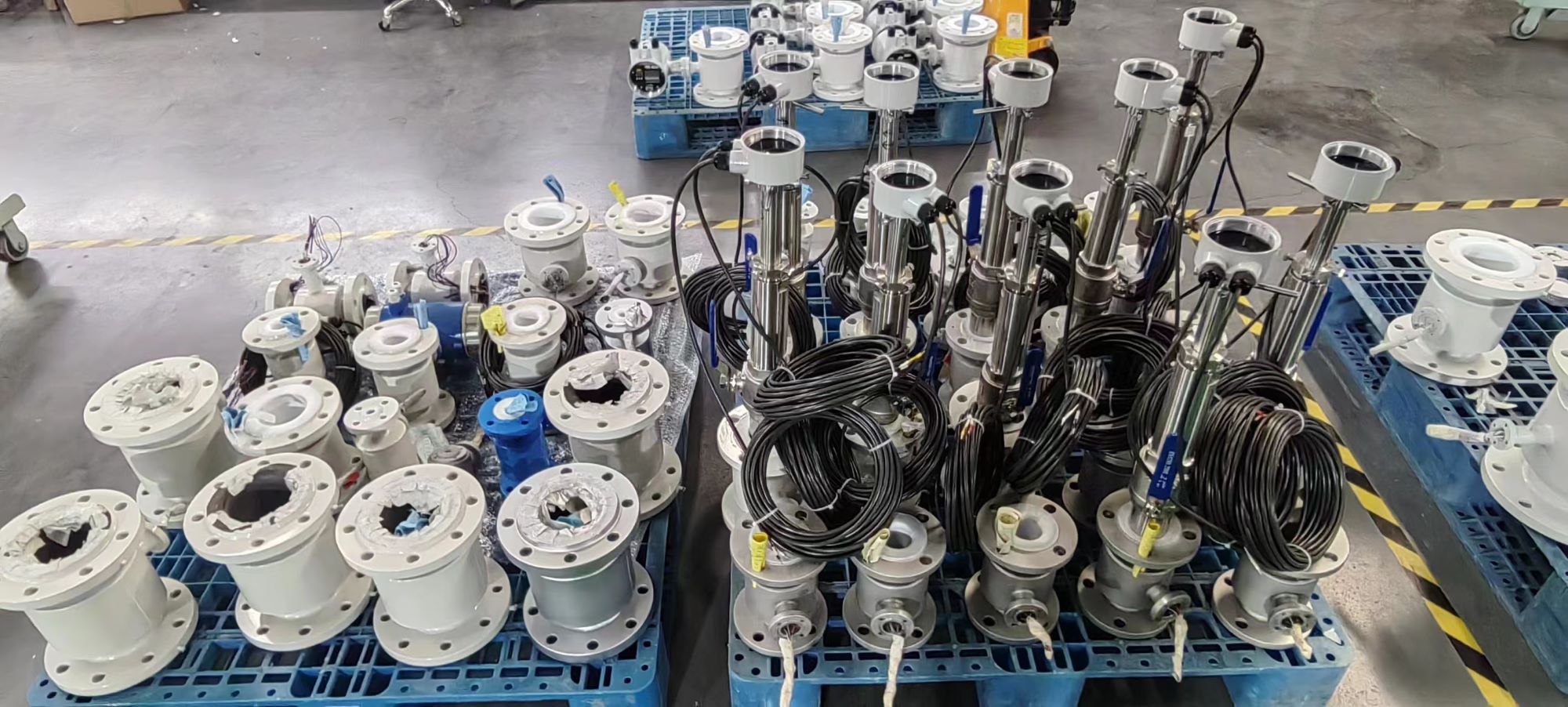
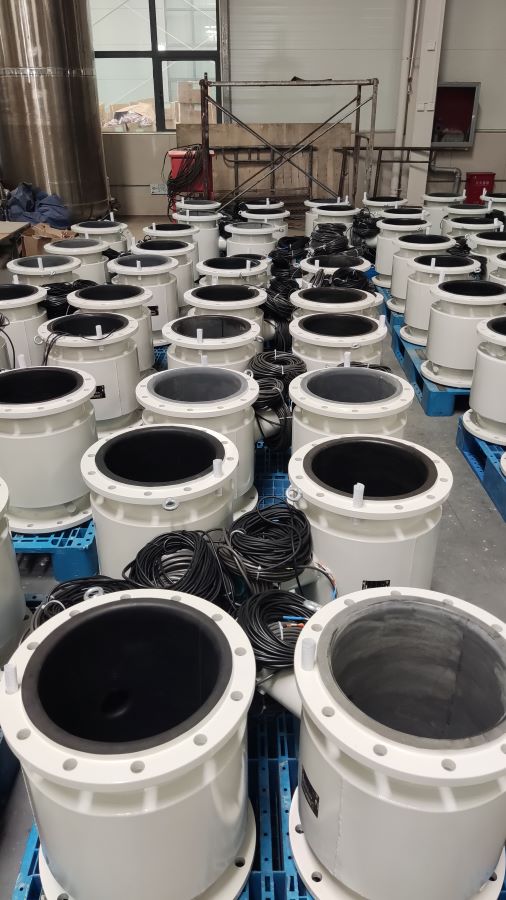
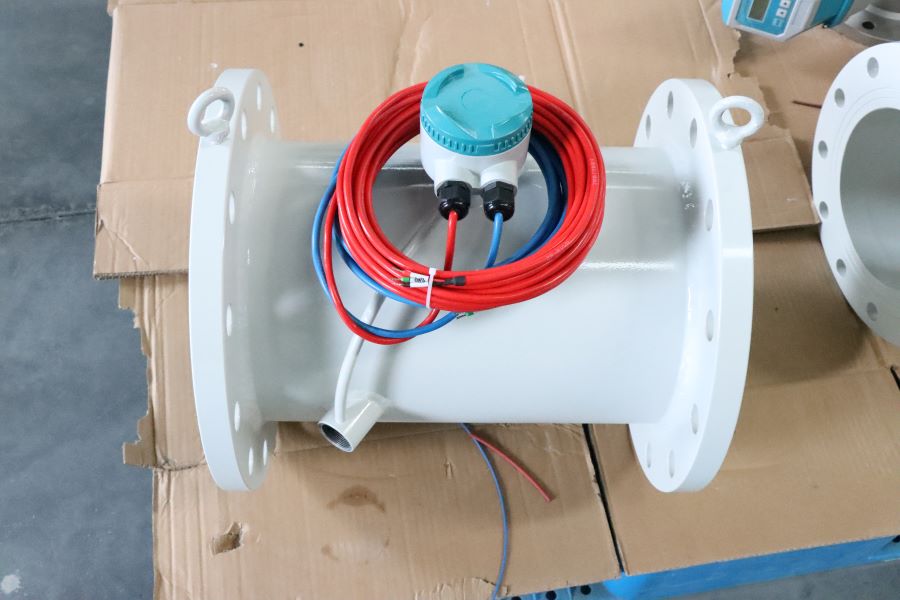
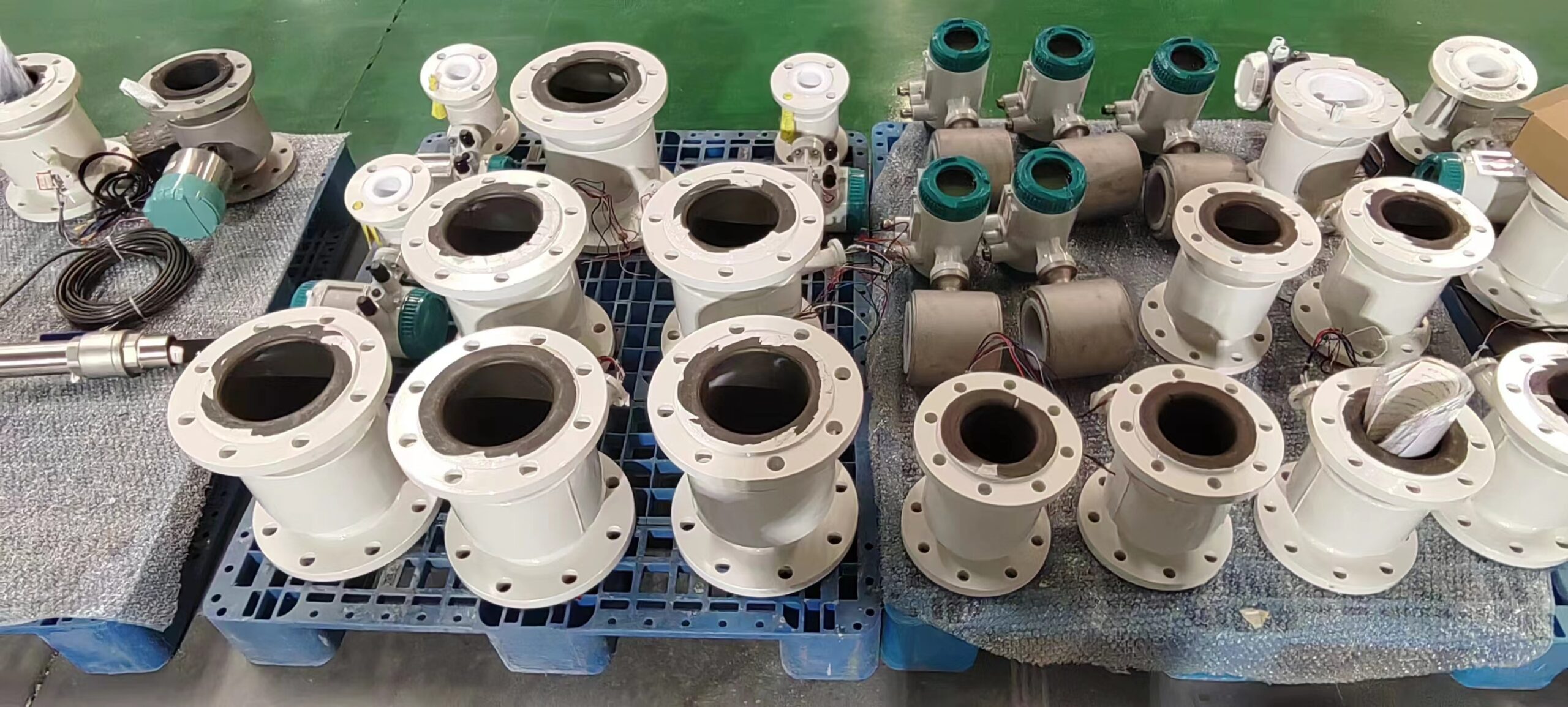
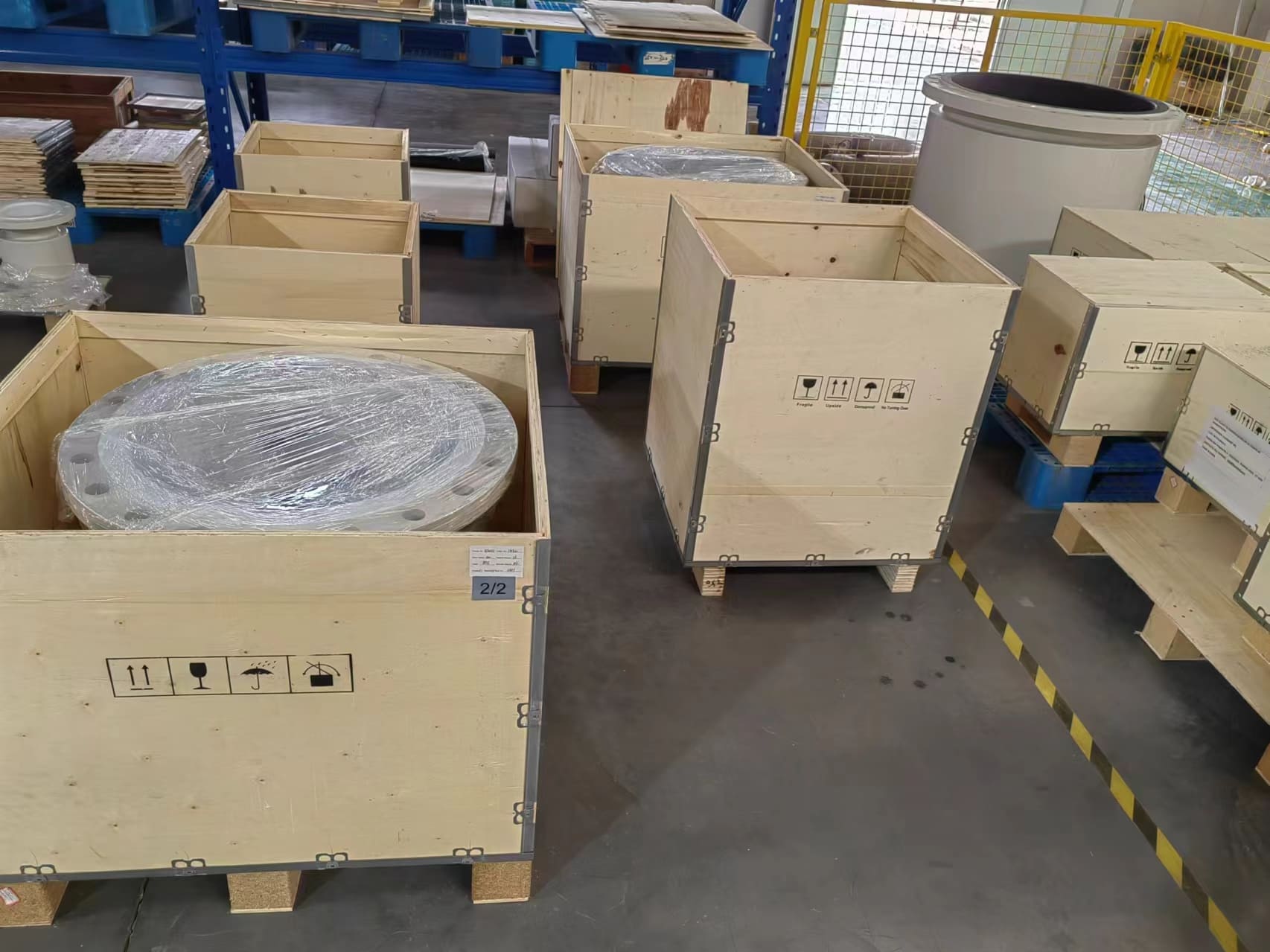

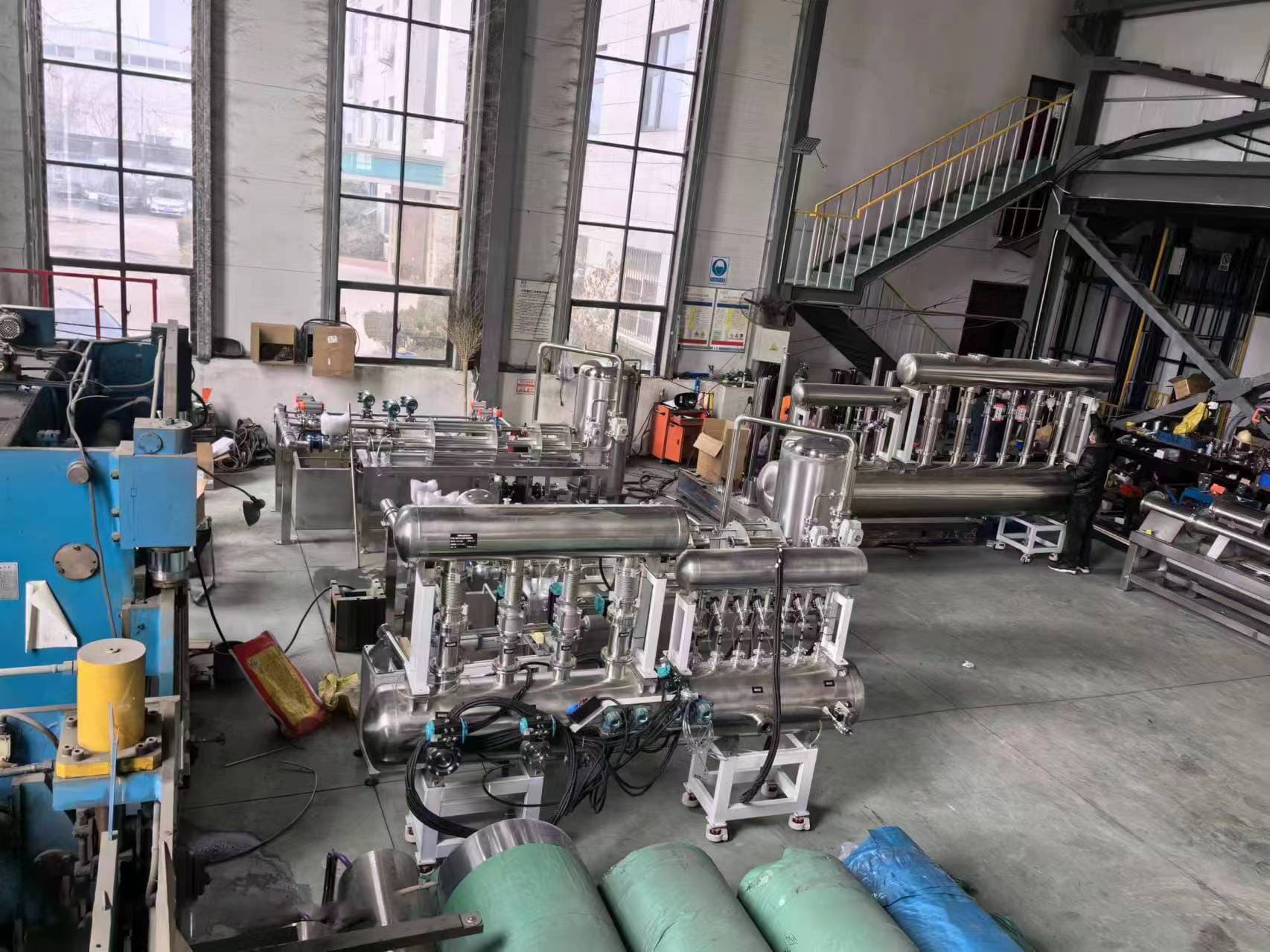
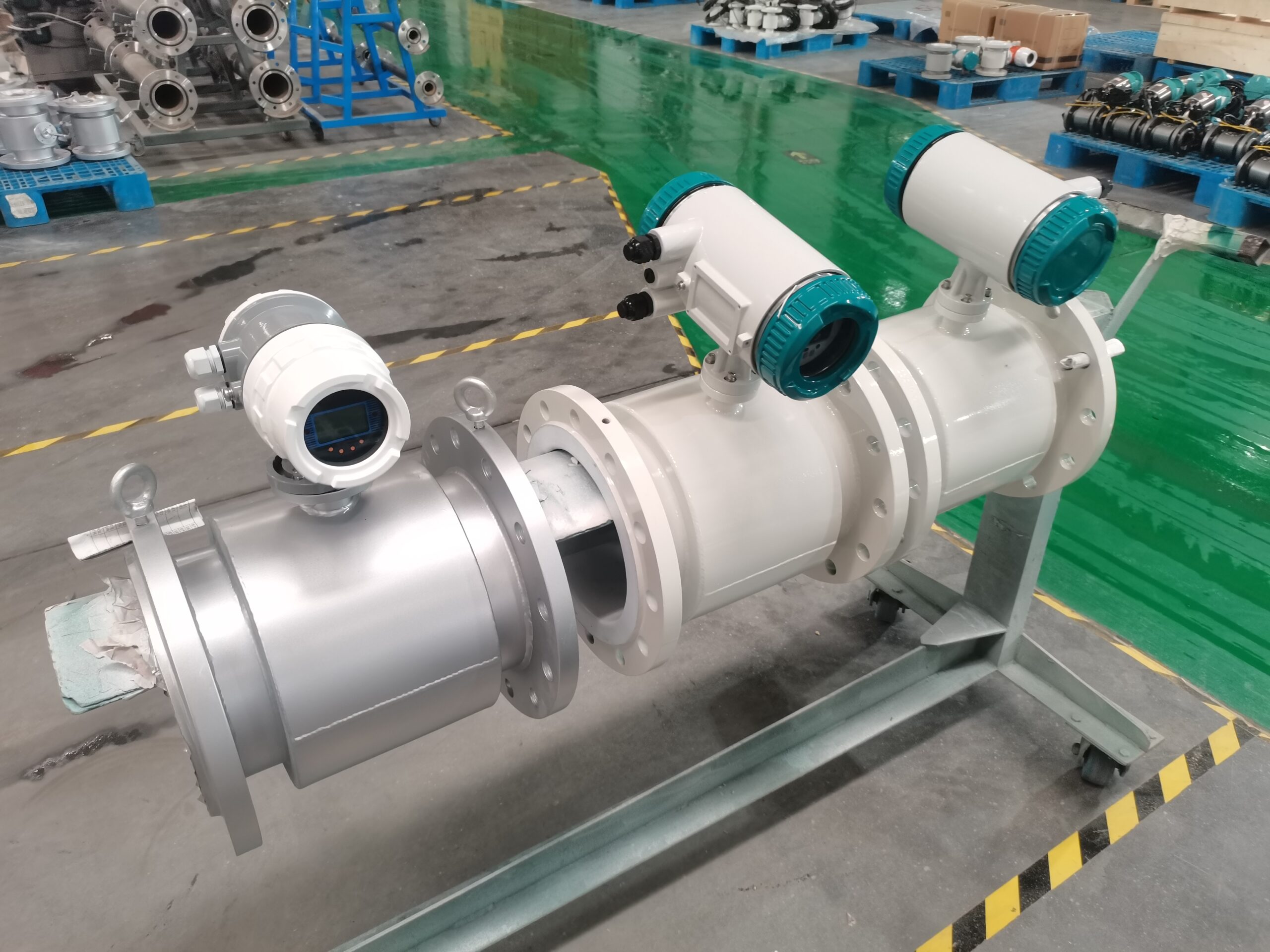
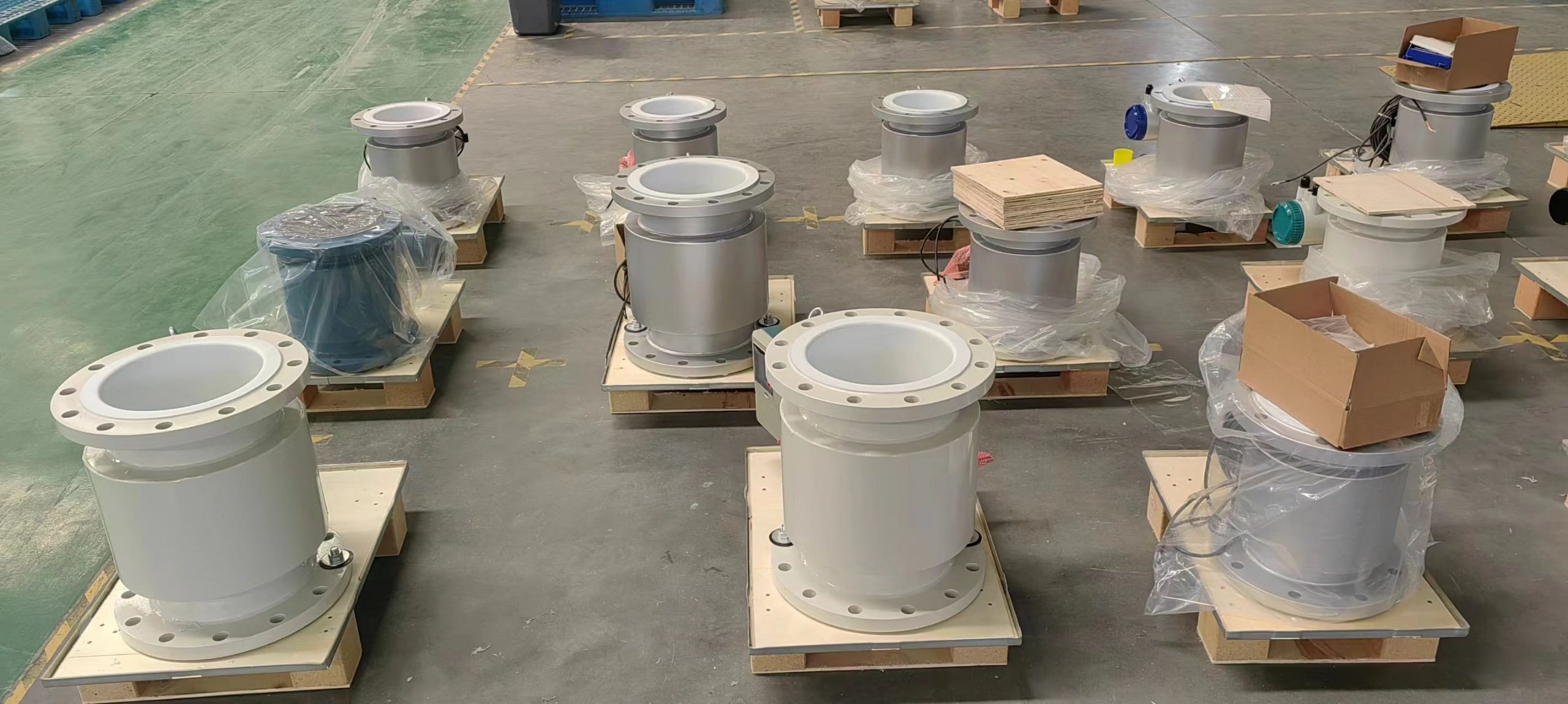
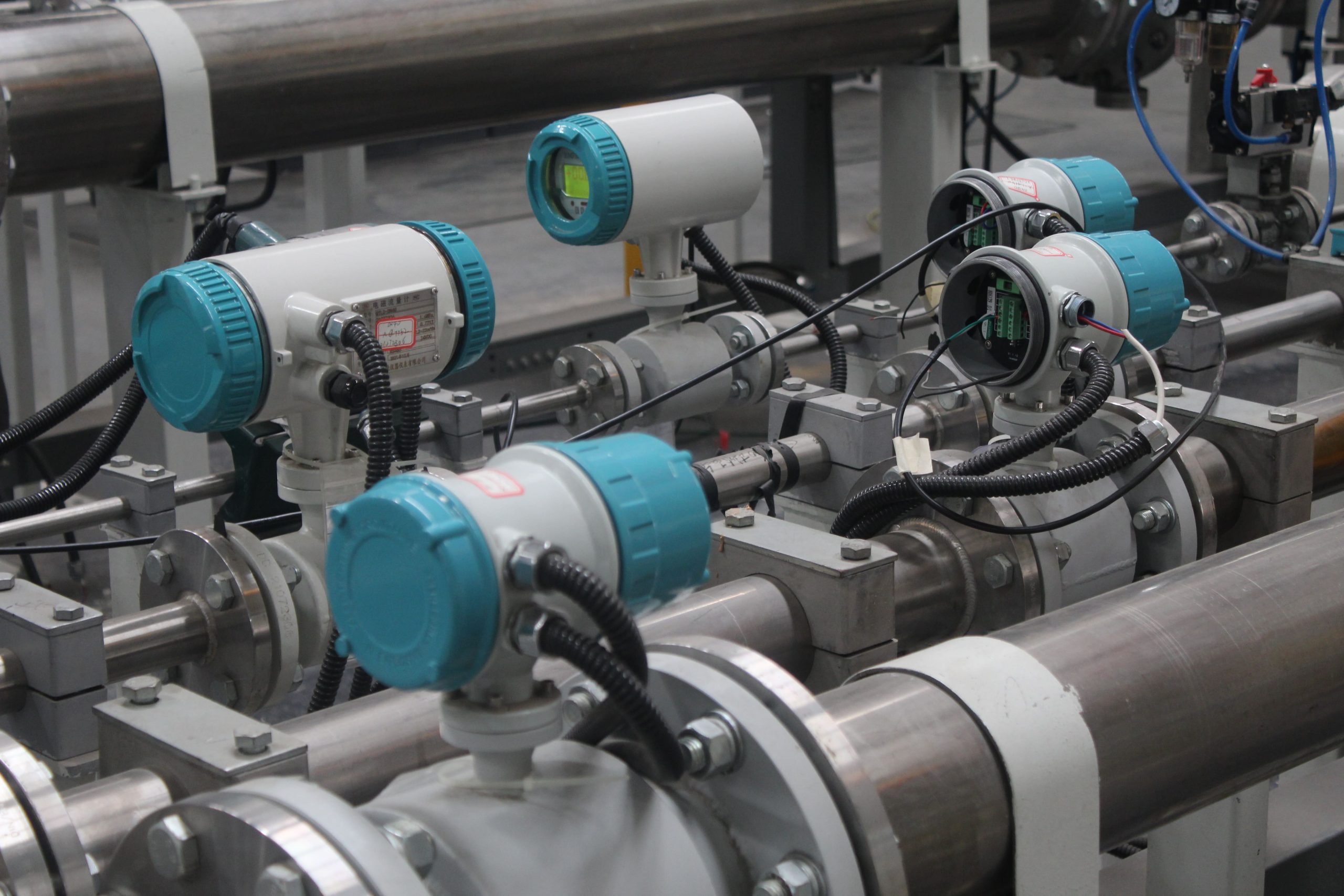
-.jpg)
